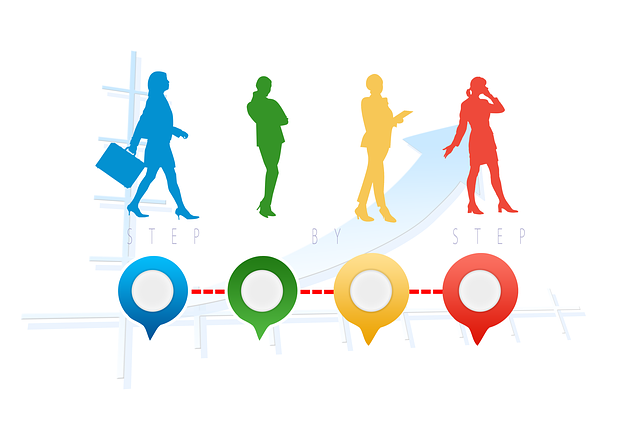The OKR (Objectives and Key Results) methodology is a goal-setting framework used by many tech companies to align and focus their teams towards achieving measurable outcomes. It consists of setting ambitious objectives and defining key results that serve as measurable milestones to track progress. Here are some concepts of OKRs along with real examples from tech companies:
Clear Objectives:
Objective: Increase user engagement.
Key Results:
- Increase daily active users by 20%.
- Achieve a 15% decrease in bounce rate.
- Increase average session duration to 3 minutes.
Google famously uses OKRs, and this example reflects their focus on user engagement and sets measurable targets to track progress.

Stretch Goals:
Objective: Enhance product innovation.
Key Results:
- Launch at least three new product features that generate positive user feedback.
- Increase the number of patents filed by 50%.
- Achieve a Net Promoter Score (NPS) of 9 or higher.
Netflix is known for its emphasis on innovation, and this example showcases their stretch goals for product development and customer satisfaction.
Cross-Functional Alignment:
Objective: Improve customer onboarding process.
Key Results:
- Reduce the time from signup to activation by 50%.
- Increase customer satisfaction score by 20 points.
- Reduce support ticket response time to less than one hour.
Atlassian is a company that uses OKRs to align cross-functional teams, and this example highlights their objective of improving the customer onboarding process with measurable targets.
Learning and Development:
Objective: Foster employee growth and development.
Key Results:
- Conduct monthly training sessions covering new technologies or skills.
- Increase employee satisfaction score related to professional development by 15%.
- Have at least 90% of employees complete individual development plans.
LinkedIn uses OKRs to focus on employee growth, and this example demonstrates their objective of fostering a culture of learning and development.
Company-Wide Alignment:
Objective: Expand market presence.
Key Results:
- Increase market share by 5%.
- Enter two new geographical markets.
- Achieve a 20% increase in brand recognition.
Uber has employed OKRs to align their entire organization, and this example showcases their objective of expanding market presence with specific measurable outcomes.
These examples illustrate how tech companies utilize the OKR methodology to set goals, track progress, and align teams towards achieving specific outcomes. Remember that OKRs should be ambitious, measurable, and align with the company’s overall strategic objectives.






